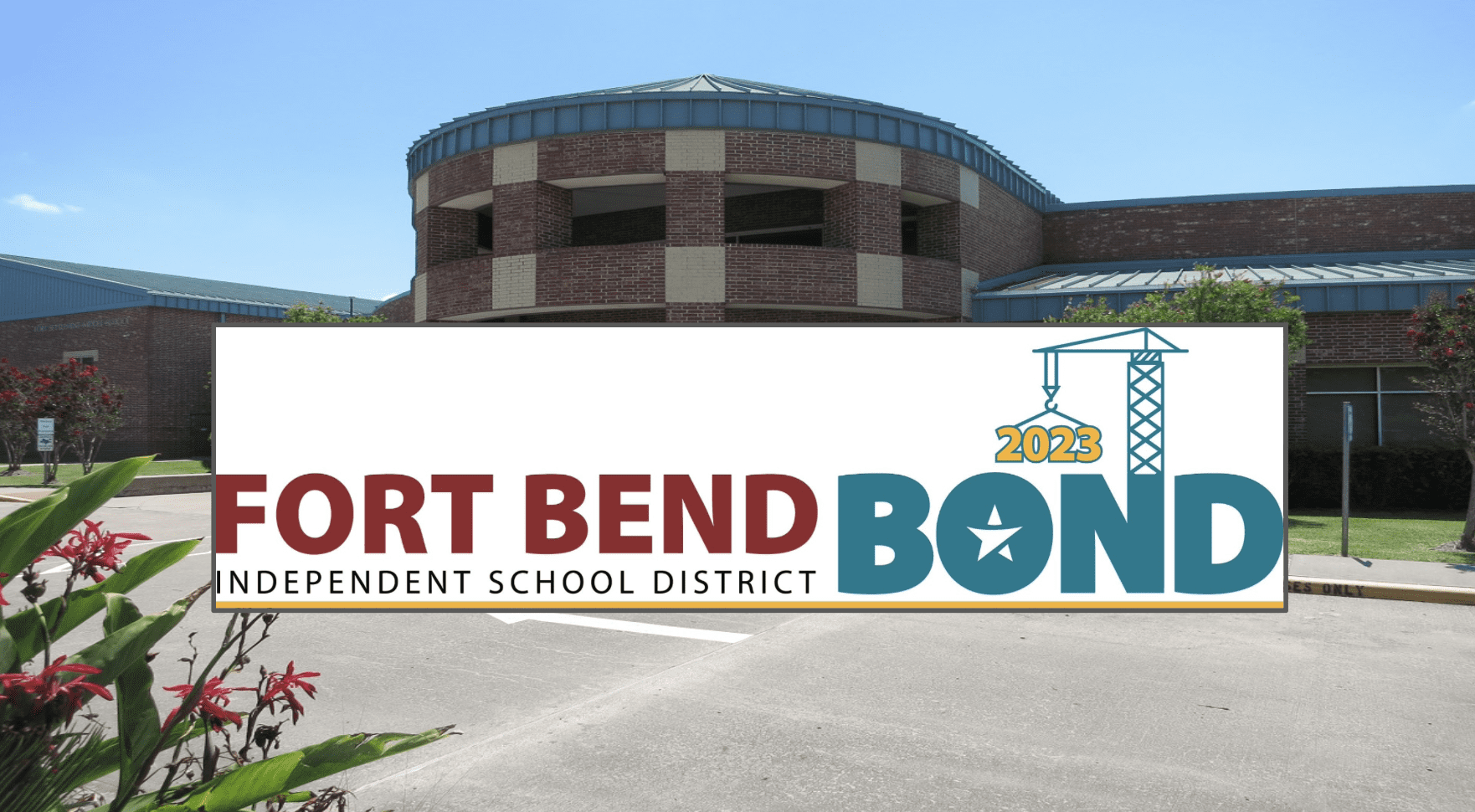A recent job posting by Midland ISD could give a glimpse into a much deeper issue within Texas’ public school system: classroom vs. administrative spending.
The district is looking for an executive director of communications and public relations – a move that doesn’t come as a surprise given new superintendent Orlando Riddick’s continual emphasis on community engagement. What is unexpected, however, is the six-figure salary that comes with it.
Per MISD’s website, the new hire is expected to earn between $435.47 and $565.55 daily, or an annual salary of $98,416 to $127,814 (according to a report by the Midland Reporter Telegram).
The job posting describes the new role as a district liaison to the community, media, partner organizations, and school board; manager of the communications and government affairs team; senior advisor to the superintendent; and district “brand manager.”
It’s logical to assume that the responsibility of district/community liaison would instead fall on the elected school board trustees and that “promoting a favorable image of the district and its activities” should occur naturally if the district is producing results inside the classroom. Regardless, it’s not uncommon for school districts to hire high-level communications personnel.
Ector County ISD and Abilene ISD, for example, employ communications directors at an annual price tag just slightly lower than that of MISD – $89,760 to $112,200 and $81,647 to $97,198, respectively.
Meanwhile, the average teacher salary in Texas is $52,000, with teaching salaries at MISD ranging from $49,050 to $69,450.
To further complicate the issue, MISD held a tax increase election last fall, stating that if it failed teaching positions and employee benefits, among other things, would face the chopping block. The ballot item failed.
The late James W. Frick (who, ironically, was a communications and public relations professional at Notre Dame University) once said, “Don’t tell me where your priorities are. Show me where you spend your money and I’ll tell you what they are.”
Yet, according to Lt. Gov. Dan Patrick, of the approximate $60 billion in local, state, and federal funds Texas’ public school system receives annually, teacher salaries make up just 32 percent – a discrepancy that the Senate hopes to address during the current special legislative session.
The senate’s plan would call for districts to reallocate, not increase, their spending and devote an additional 5 percent to teacher salaries for four consecutive years – a method that Patrick believes would boost the average teacher salary in Texas from $52,000 to $60,000.
Whether change is made this special session or in two years, MISD needn’t wait for the legislature to prioritize teacher pay.




